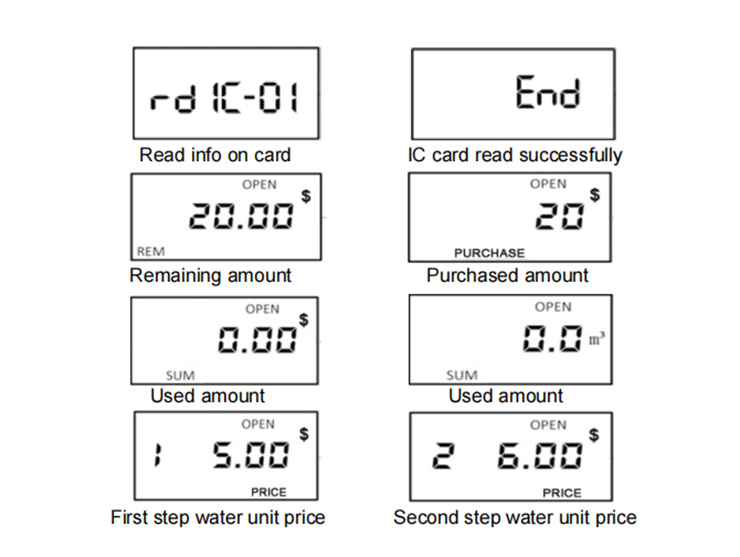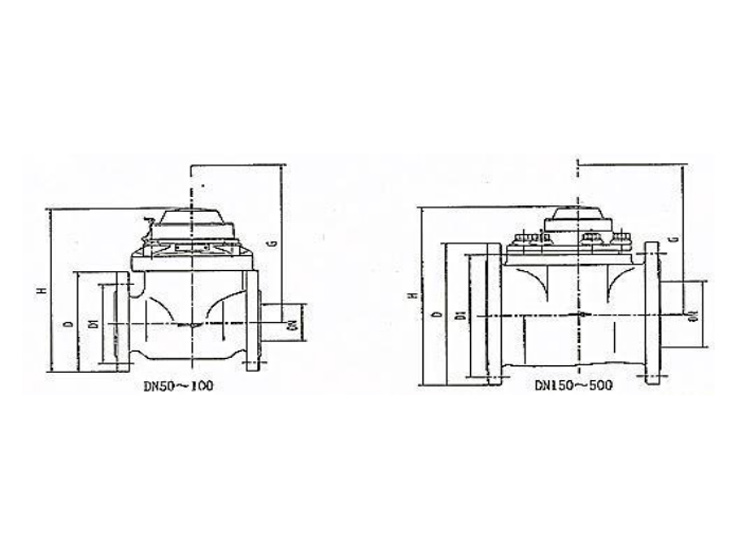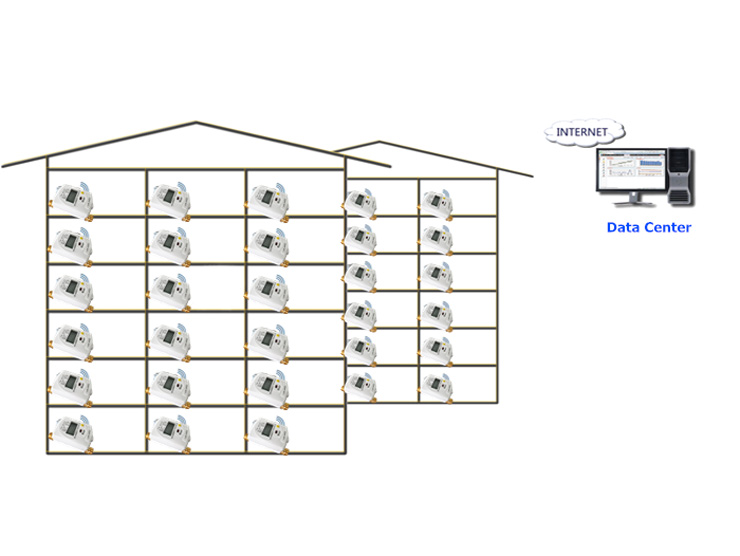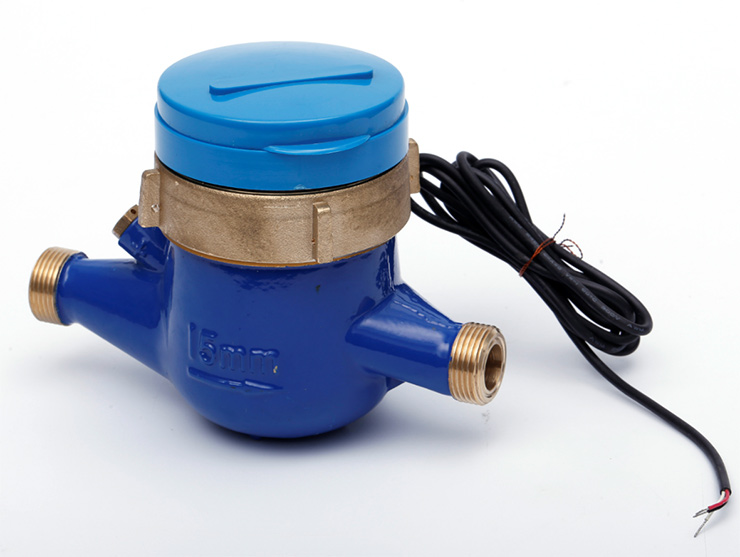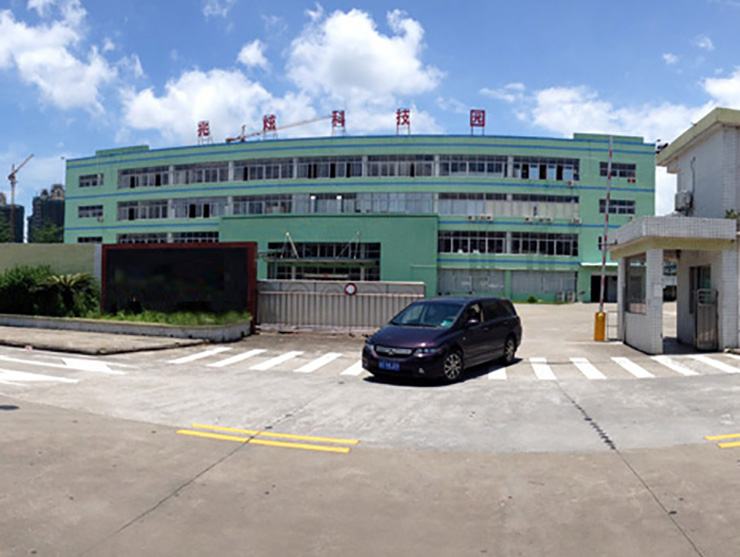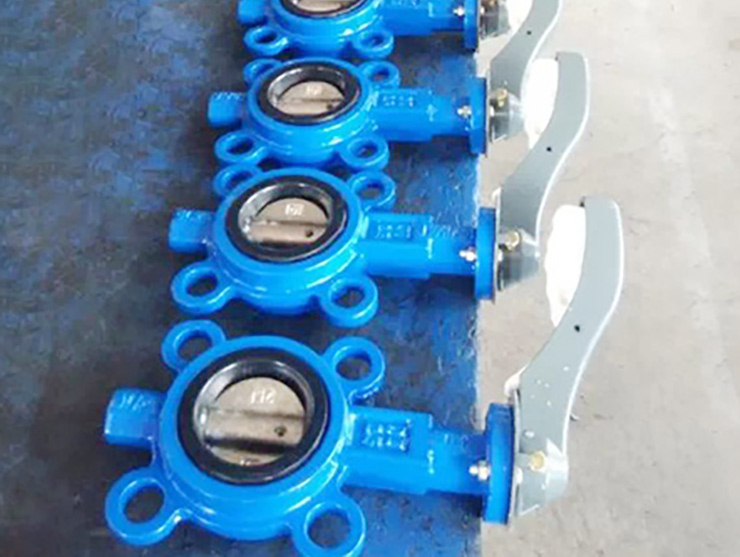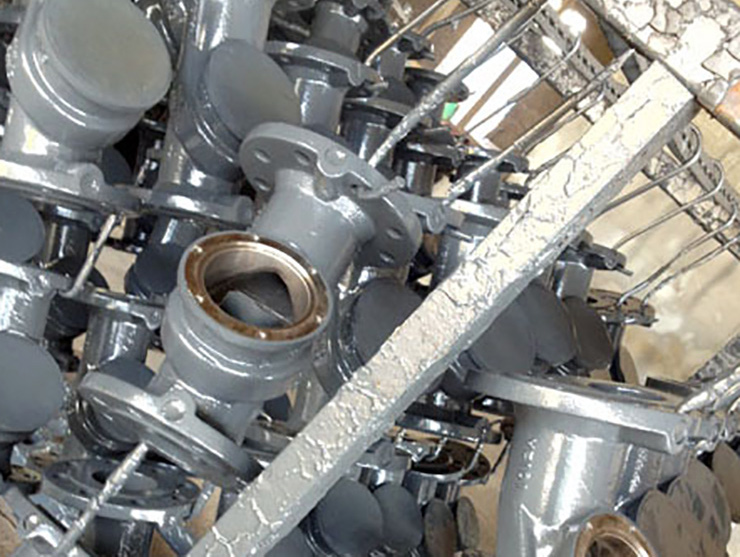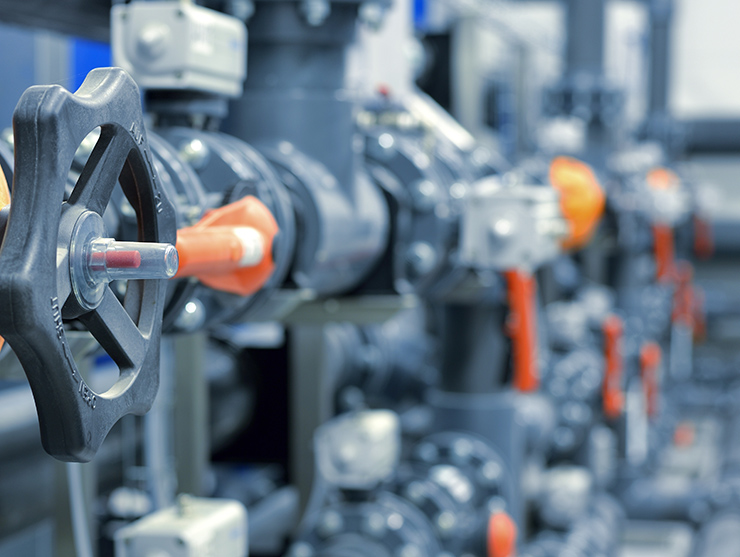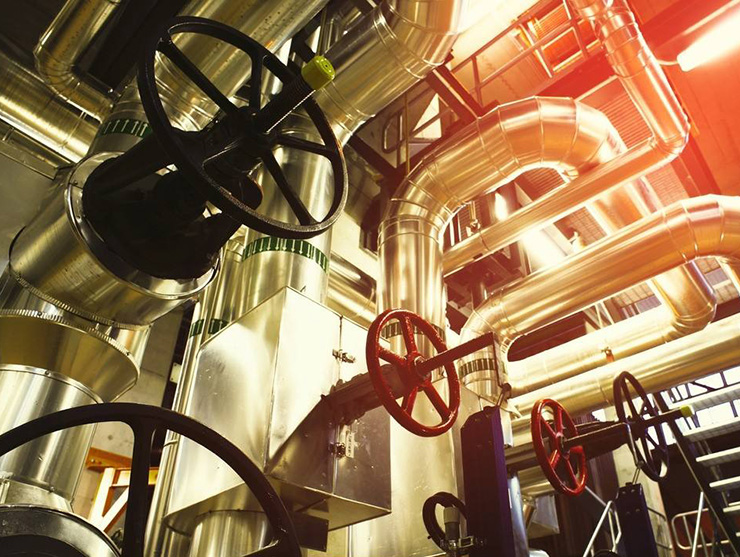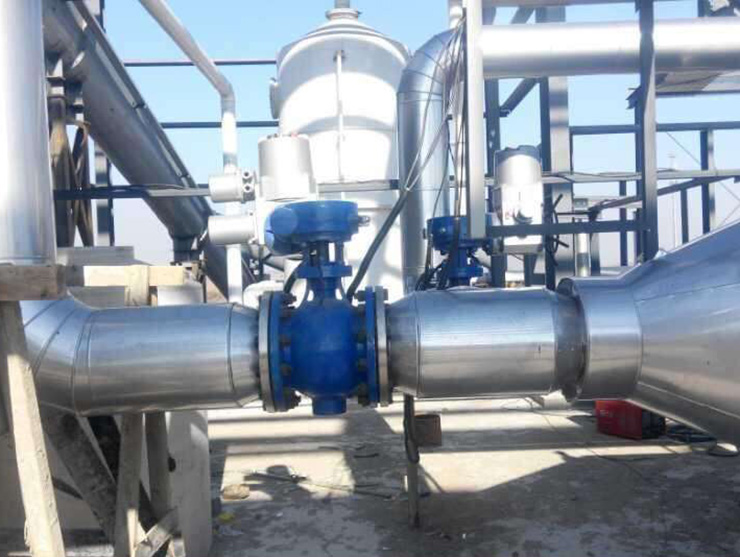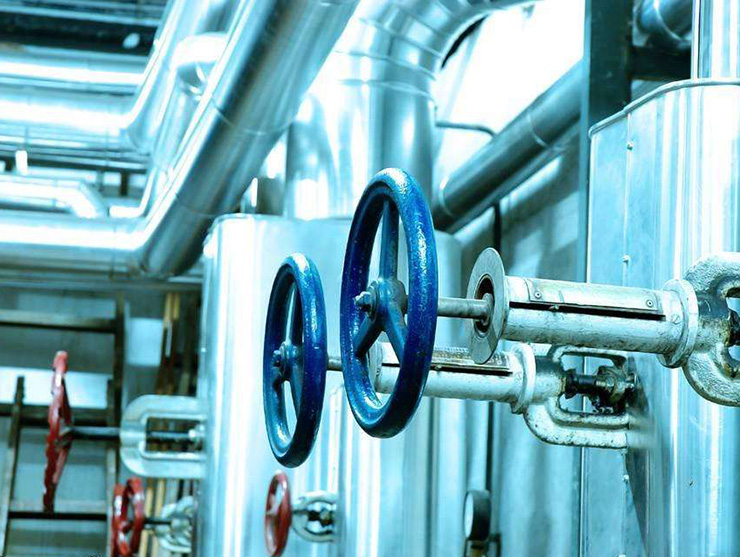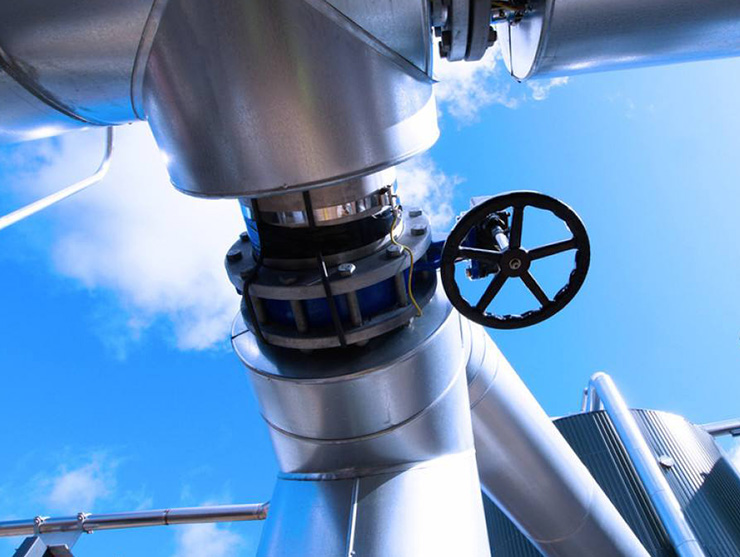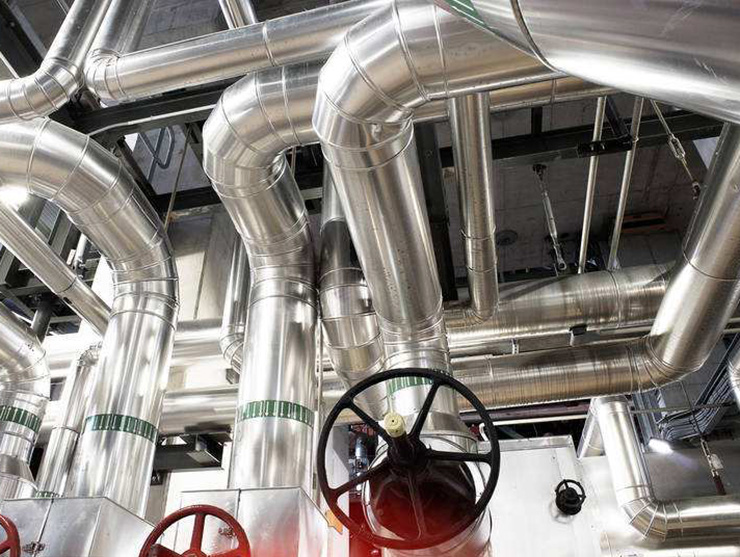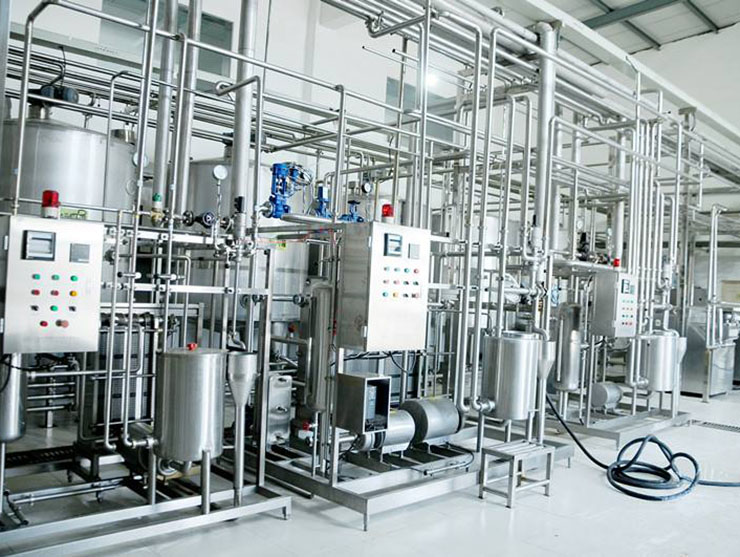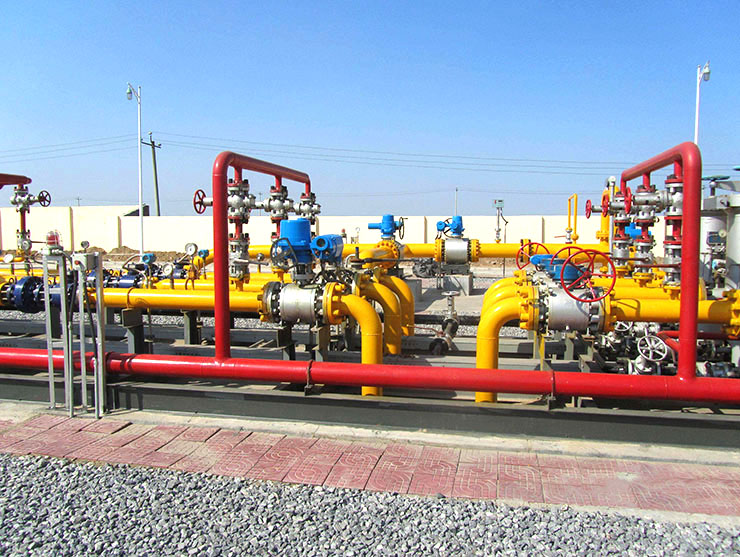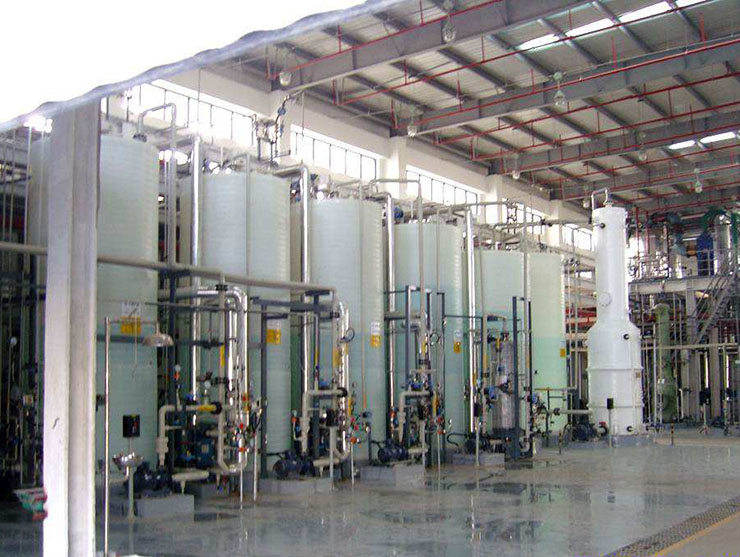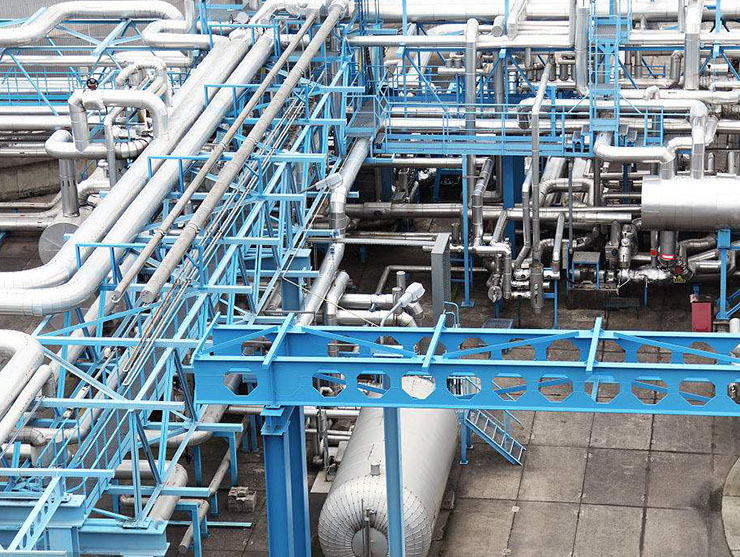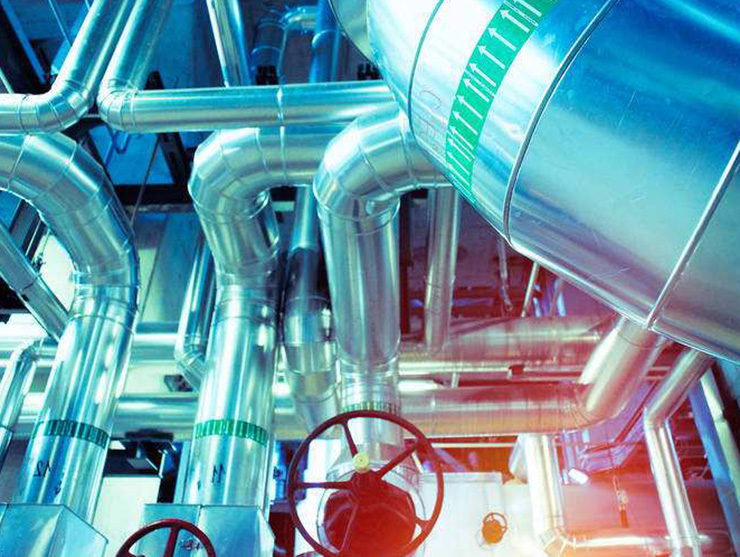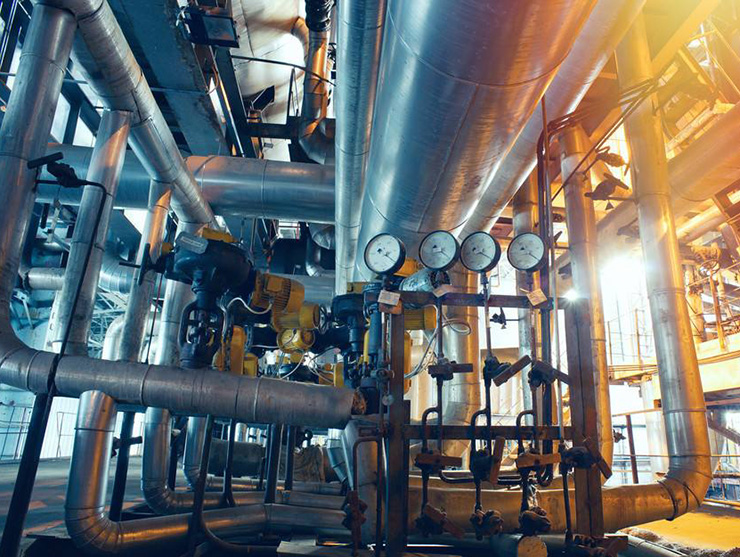News
The role of the pressure reducing valve and common faults
The working principle of the pressure reducing valve is to reduce the water pressure of the flow passage in the valve to the water flow by the resistance. The film connecting the flap or the side of the piston limits the pressure fall-off. The water pressure difference between the inlet and outlet is automatically adjusted. The principle of constant pressure decompression is to control the water pressure ratio of the floating piston in the valve body, and the pressure reduction ratio at the inlet and outlet.
The pressure-reducing valve works smoothly without vibration;
There is no spring in the valve body, so there is no spring corrosion and metal fatigue failure;
Good sealing, no leakage, low pressure (low static pressure);
It does not affect water flow during decompression.
Common malfunctions
(1) The outlet pressure is almost equal to the inlet pressure, no decompression
This failure is manifested by the fact that the pressure at the inlet and outlet of the pressure-reducing valve is almost equal, and the outlet pressure does not change with the rotational adjustment of the pressure-regulating handle. The causes and solving solutions are as follows.
1.Because the main spool or the edge of the settling tank has burrs, the gap between the main power spool and the valve body hole is dirty, the main spool has a small tolerance, hydraulic pressure, the shape of the valve hole or the main spool is stuck at the maximum opening. In the position of span style = "font-size: 14px ;">, the oil will not decompress due to the large opening. At this time, according to the above, the method of deburring, cleaning and repairing the valve hole, and the accuracy of the spool can be excluded.
2. Since the main valve spool and the valve hole are too tight, or the valve hole or the valve is tightened during the assembly process, the valve spool is stuck in the maximum opening position. Then we should choose a reasonable gap. The gap of the J type pressure reducing valve is generally 0. 007~0. 015mm, the valve hole can be properly grounded in front of the valve, then the spool.
3 The main spool has a short hole or a blocked seat hole, which lead to failure to the automatic adjustment function. The valve spring pushes the main valve to the maximum opening, straight through and non-blocking, and the inlet pressure is equal to the outlet pressure. The solution is using compressed air to blow or blow through the holes to clean and reassemble.
4.J type pressure reducing valve, the damping part with damping hole is pressed into the main valve spool, and may be washed out due to insufficient interference during use. After flushing, the pressure between the oil inlet chamber and the oil outlet chamber is equal (no damping), the upper and lower force area of the valve spool are equal. The oil outlet chamber has a spring while the outlet does not have, the main spool is always in the maximum open position, so that the outlet pressure is equal to the inlet pressure. At this point, the damper with a slightly larger outer diameter needs to be reworked and re-pressed into the main spool.
5.JF type pressure reducing valve, the factory drain is blocked with a plug. When the oil plug is not unscrewed and used, the upper chamber (spring chamber) of the main spool is blocked by oil, which cause the main spool to be at maximum opening without decompression. When designing the board, there is no JStencil valve Span style = "font-size: 14px;" > L. This phenomenon can also occur in the oil pool connected to the port.
6.J type tubular valve, it is easy to place the valve cover incorrectly during the repair process (90° or 180°), the leakage port is blocked, so the oil cannot be discharged. This will lead to fluid trapping. The top of the main valve will always be at the maximum opening position. There is no decompression. So the solution is installing the bonnet correctly.
7.JF type pressure reducing valve, when the top cover is installed in the wrong direction, the oil outlet will connect with the drain hole, so no decompression is required.
(2) The outlet pressure is very low, and the pressure will not rise even if the clamping roller is tightened.


